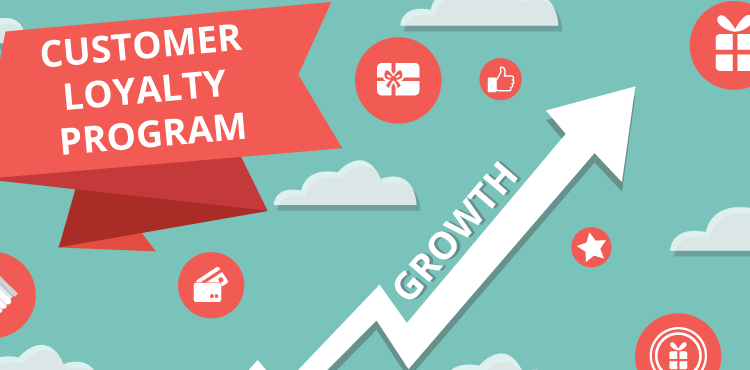Revenue is a shared vision that empowers every business in the global marketplace. How many of you are doing business without the aspiration of monetary gains? How many of you aspirng to start their business without any dependencies of closing sale deeds and generating revenue? That’s the only truth of doing business.
Now, moving forward, do you know what helps you grow your business? Do you know what gives you revenue? Of course, a customer. That’s why the common saying “Customer is the King” holds great significance. So, the tactics to growth and success are simple; firstly acquire new customers and secondly focus on customer retention while increasing their lifetime value (CLV).
What is Customer Lifetime Value (CLV)

Whether you talk about the past, present, or future of business, it purely rests on the customer, his preferences, and his behavior. A business must know its customer in and out while gauging the actual value a customer can bring to picture. This is all about customer lifetime value. In simple words, it is a business metric that displays the net business profit you gain by one customer over time.
For example, if a customer makes an expenditure of $2,000 on your company, the net customer value for that specific annum is $5,000. However, if you can retain the customer for 10 years and every year, the customer makes a similar expenditure, then the Customer Lifetime Value (CLV) equals $20,000. This defines the contribution of a customer to the business revenue. One by one if you keep adding customers and retaining them, each customer will keep adding to your business growth and success.
You can measure the CLV by:
- Identifying where the customer is creating the value
- Mapping the customer journey with the business growth records
- Measuring revenue generated by a customer at every touchpoint
These metrics can help you create an overall record of the expenses a customer made on your company. From the actual value, reduce the cost of acquiring and serving a customer. The outcome is the final measure of the CLV.
How to Increase Customer Lifetime Value

Research and technologies have come up with many proven ways to increase CLV. Some of the most common measures include improved customer engagement, understanding customer pain points, providing relevant solutions, customized solutions, upgrades, and loyalty programs. However, among the long list of such initiatives made by companies across the globe, loyalty programs are working at its highest scale of productivity and positivity.
What are Loyalty Programs

Getting to understand what are loyalty programs, the first and foremost definition is the thoughtful measure to improve customer engagement and loyalty. The program includes offers and schemes like additional discounts on products, advanced access to a new range of products, free merchandise, birthday discount coupons, and complimentary services with specific products. These incentives often encourage customer retention while driving the customer to return for purchases on and often.
It is a simple marketing model that allows customers to earn and collect points on all their purchases. Further, the customers use the accumulated points to redeem for reward or discount. This, in turn, drives repeat customer purchase.
How Loyalty Programs Help Maximize Customer Lifetime Value

With more and more points, customers ought to return for new purchases and more points while adding more value and profit to a business. Popular research done by Bain & Company also states that when a brand works on increasing customer retention even by 5%, it holds the capability to boost business profit by more than 95%. This research makes it evident that even with a 5% effort if you can get maximum ROI, then why not put in extra efforts and measures to reach the highest ROI.
